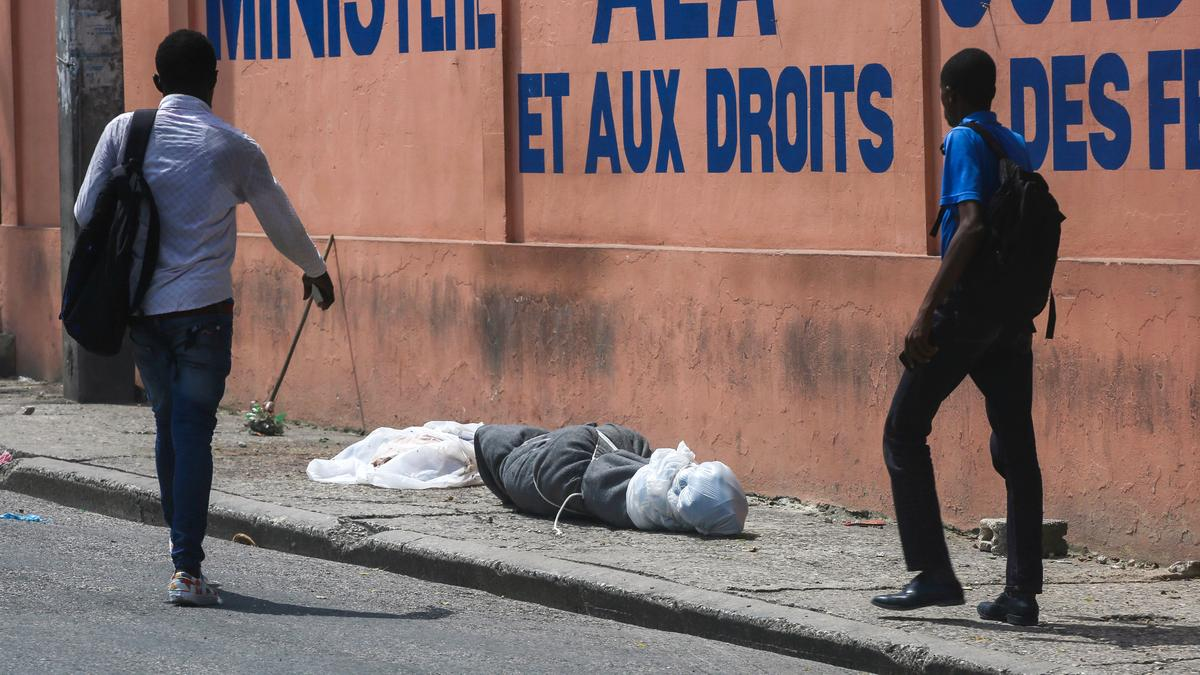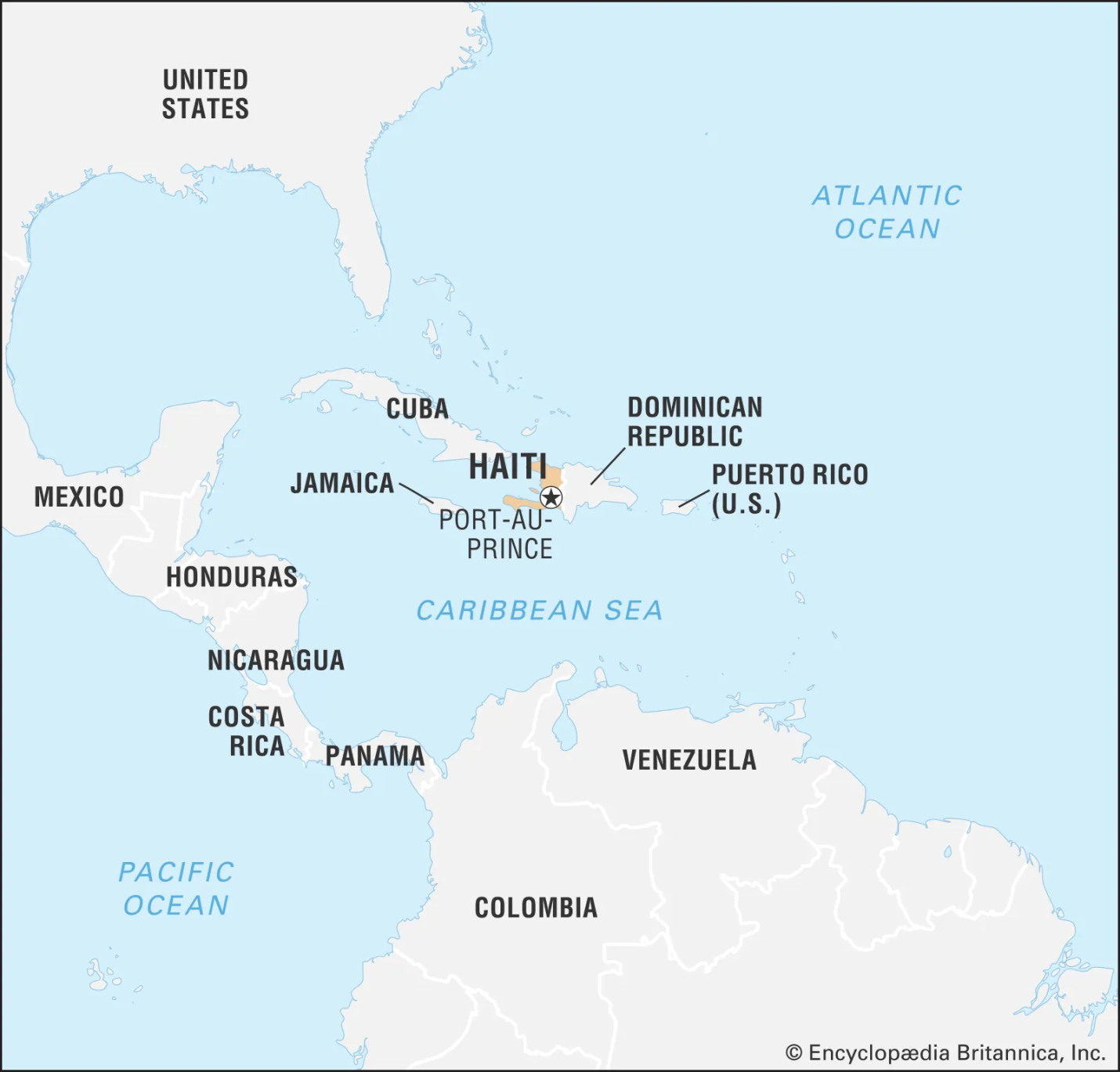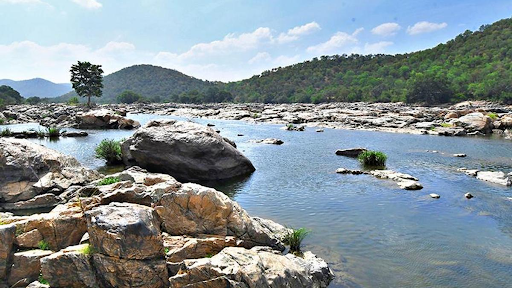Description

Copyright infringement not intended
Picture Courtesy: https://epaper.thehindu.com/ccidist-ws/th/th_international/issues/84852/OPS/G2QCS2JVQ.1.png?cropFromPage=true
Context: Haiti has appointed Garry Conille as its new prime minister, taking over the country's crisis until elections for a new president can be held.
About Haiti
Location and Borders
- Haiti is situated on the western portion of the island of Hispaniola in the Caribbean Sea.
- It shares its eastern border with the Dominican Republic, which occupies the rest of the island.
- To the south and west, Haiti is bounded by the Caribbean Sea, while the Atlantic Ocean lies to the north.
- Nearby islands include Cuba to the west and Jamaica to the southwest.
Coastline
- The coastline of Haiti is irregular, forming long and short peninsulas in the south and north, respectively. These peninsulas are separated by the Gulf of Gonâve.
- Gonâve Island, located within this gulf, is the largest island belonging to Haiti, covering approximately 290 square miles.
Hydrography
- Haiti's rivers are short and generally not navigable, with the Artibonite River being the longest at about 175 miles.
- Lake Péligre, formed by damming the Artibonite River, serves as a reservoir for hydroelectric power generation.

Mountain Ranges
- The southern range of Haiti includes Mount Selle, which is the country's highest point at 8,773 feet. This range extends into the Massif de la Hotte on the southern peninsula.
- Haiti's mountains are mainly composed of limestone, although there are some volcanic formations, particularly in the Massif du Nord.
Geological Features
- Karstic features such as limestone caves, grottoes, and subterranean rivers are present throughout Haiti.
- The country's geological composition and fault lines make it susceptible to seismic activity, including earthquakes.

Source:
The Hindu
Wikipedia
|
PRACTICE QUESTION
Q. Haiti is geographically closest to which of the following countries?
A) Venezuela
B) Colombia
C) Cuba
D) Brazil
Answer: C
|













